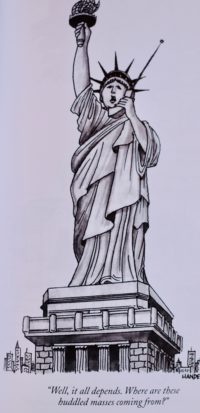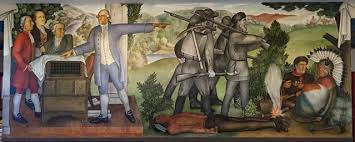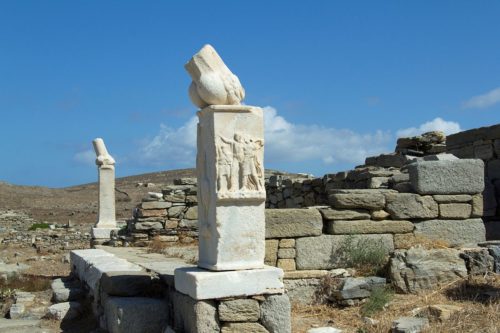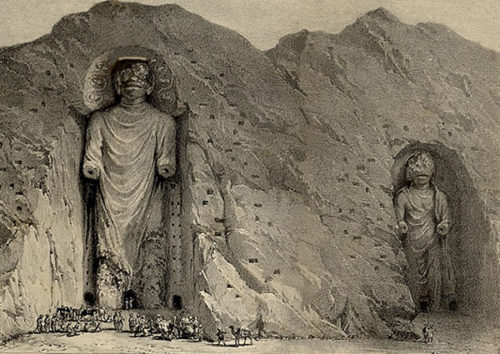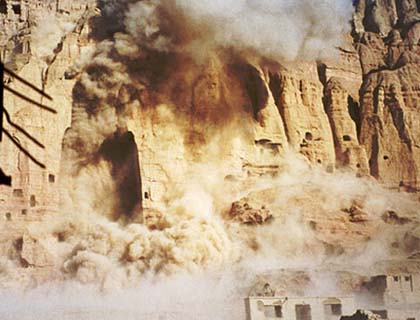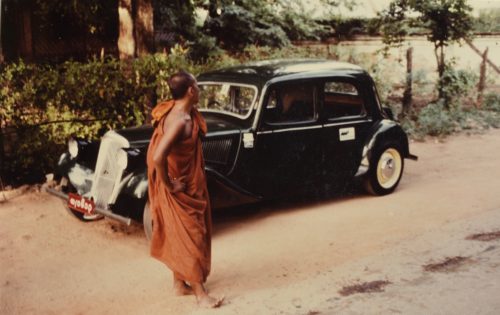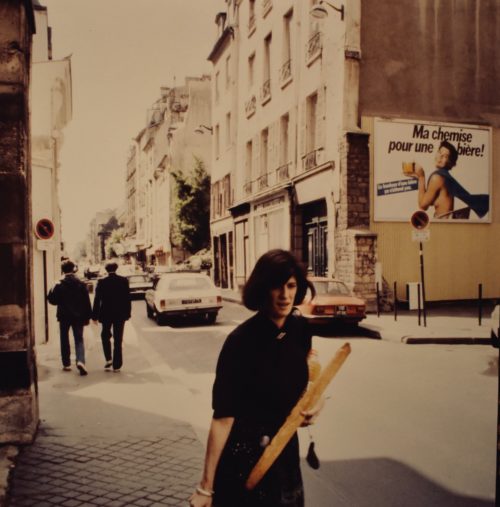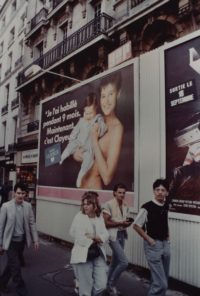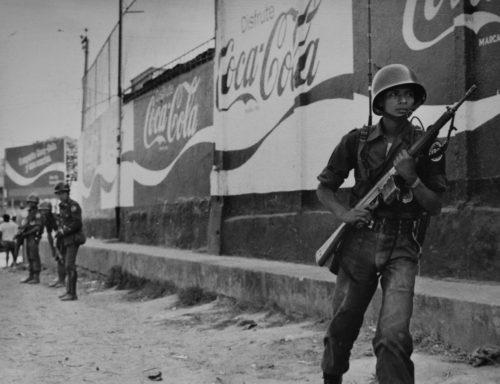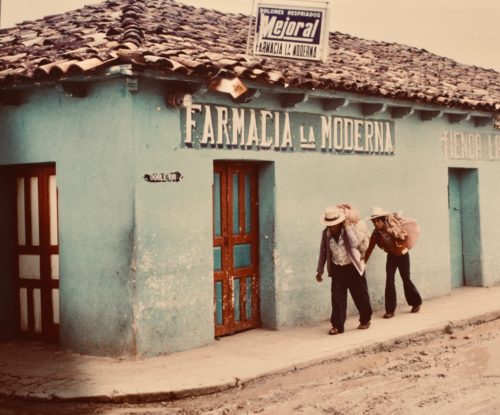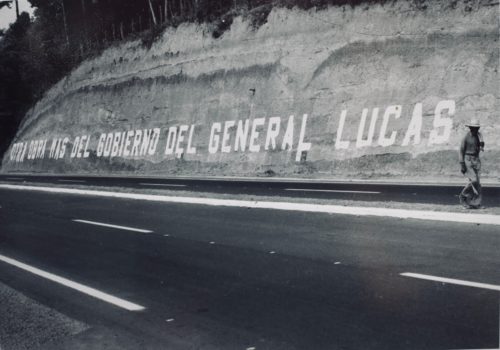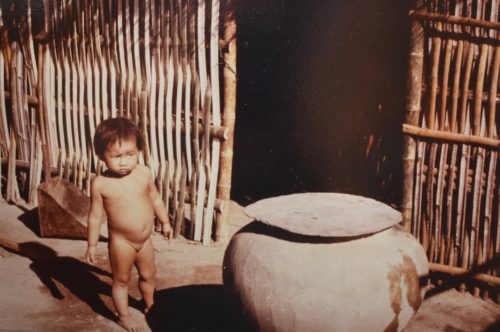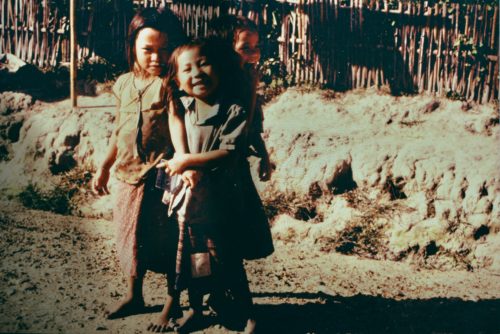Mon 22 Jul 2019
Data from the confab in Point Reyes Station regarding West Marin’s homeless population
Posted by DavidMitchell under General News, Marin County, Point Reyes Station
[2] Comments
Caveat lectorem: When readers submit comments, they are asked if they want to receive an email alert with a link to new postings on this blog. A number of people have said they do. Thank you. The link is created the moment a posting goes online. Readers who find their way here through that link can see an updated version by simply clicking on the headline above the posting.
The number of homeless people living in West Marin is rising while it’s declining in Marin County overall. In a meeting at West Marin School hosted by Supervisor Dennis Rodoni and the Point Reyes Village Association, county representatives last Wednesday reported on what’s occurring here and what county government plans to do about it.
Speaking for the county, along with Supervisor Rodoni, were representatives from county Health and Human Services and West Marin Community Services, and they presented three graphs of the situation.
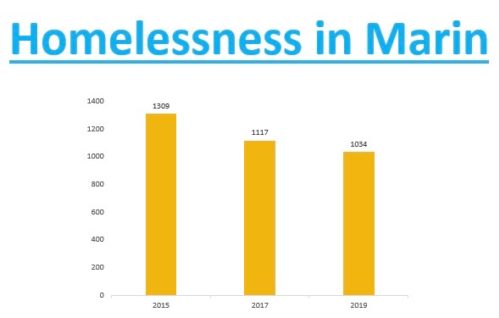
There’s been a 275-person reduction in homelessness countywide in the past four years.
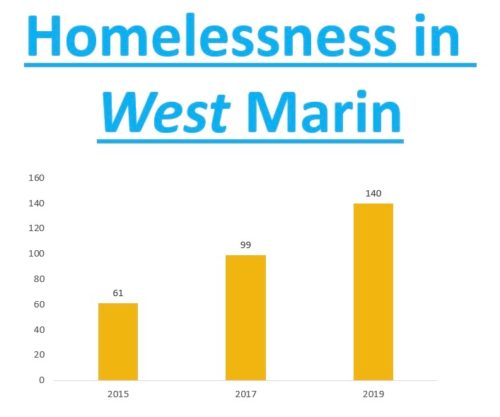
In contrast, the homeless population of West Marin increased by 79 people during the same period. Of course, not all the homeless are living outdoors. Many are living in their vehicles.
The increase, moreover, is probably under-reported. Taking a count of all the homeless people here and there around West Marin is incredibly complex, and the county is about to devote more time to doing it.
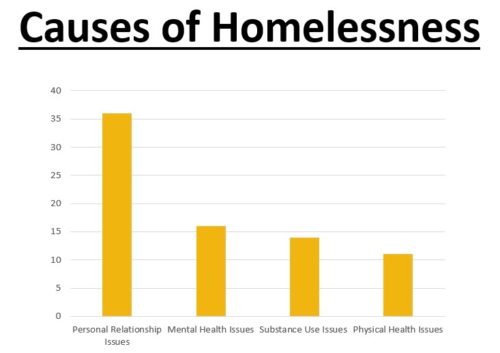
County staff and members of the public who spoke Wednesday stressed that too often people assume drug use, or alcohol, or mental-health problems, or laziness, or personal choice accounts for almost all homelessness. That, however, turns out to be far from true. “The primary causes of homelessness are things that most people will experience in their lives without losing housing,” Health and Human Services reported. More than half of the people without permanent shelter became homeless when their households broke up or because of physical-health problems.

Billy Hobbs, who is homeless in Point Reyes Station, lost his housing when his 25-year marriage ended. He now spends most days sketching outside the post office and spends nights sleeping inside it. He showed up for Wednesday’s well-attended meeting but did not address the crowd.
One young man living out of his van told Wednesday’s meeting that he, like numerous other homeless residents of West Marin, does various kinds of work. The problem is earning enough to afford housing, he said.
Here on the coast at least, homelessness definitely isn’t a ploy for getting public assistance. In fact, the county noted, “many people who experience homelessness in West Marin are less inclined [than the homeless in East Marin] to accept services.” County government says it is now going to give particular attention to getting past that resistance and helping the homeless navigate the hurdles to receiving medical care and housing.



